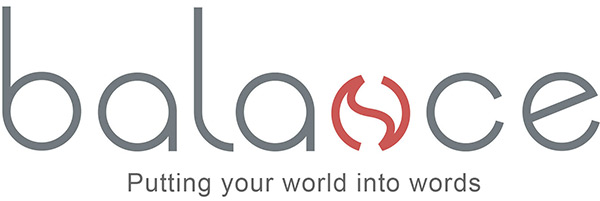
I once won a competition to name a new brand of Japanese food. ‘Fudi’ was my ingenious suggestion, cleverly melding the word ‘food’ with the iconic Japanese mountain in a neat four-letter device that gave the phonetic impression of gastronomic appreciation and could be adapted to either square or linear visual representation. Apparently the new brand was half way to the supermarket shelves when someone pointed out that the name was dangerously similar to the Punjabi word for vagina, so the whole thing had to be scrapped and I was asked to hand back half of my prize money. Like I did it on purpose!
The fact of the matter is that you can take just about any name or gesture and somewhere in the world you’ll find someone who is offended by it. ‘Tim’, for example, means “stick your asparagus where the sun don’t shine” in some of the rarer Mapudungun dialects of southern Chile.
In Afghanistan and Iran, among others, the thumbs up gesture has the same offensive meaning as the extended middle finger in Western culture – worth remembering if you ever find yourself hitchhiking to Kabul… or conducting diplomatic negotiations via Whatsapp. You could be on the brink of agreeing a historic peace settlement and then blow it all by sending the wrong emoji!
While the Afghans and Iranians are quite clear on where their interpretation of the gesture comes from, the origin of our use of the thumb as a positive gesture is more hazy. One theory is that Stoneage hunters used to taunt their quarry by flaunting their opposable thumbs, as if to say, “Look! We’ve evolved way beyond you, losers!” But that’s unlikely.
If you base your historical knowledge on Carry On films or Gladiator, you’ll assume that it originated from the Roman arena, where the thumbs up spared a gladiator’s life and the thumbs down didn’t. But scholars tell us this isn’t true either. Carry On Cleo, it turns out, cannot be relied on as an authentic historical source. While there were thumbs involved in the Roman arena, the extended thumb was a sign of disapproval (and, therefore, death) and the thumb tucked into the fist was a gesture of mercy.
In fact, the first recorded mention of the thumbs up gesture as a positive sign is as recent as 1917, in a book called Over the Top, written by an American soldier named Arthur Guy Empey. Empey served in the British army in World War I and was injured at the Battle of the Somme, after which he returned home, wrote Over the Top and toured the USA giving lectures designed to encourage Americans to join the fight. He was, you might say, somewhat obsessed. He went on to become a Hollywood actor, director and producer of numerous films about the war and he wrote a popular wartime love song titled – wait for it! – Your Lips Are No Man’s Land but Mine!
Anyway, while fighting with the Tommies, Empey noticed them using the thumbs up as a gesture of affirmation and wrote about it in his book. By World War II it had been widely adopted by the US military, especially pilots, who brought it back to Europe and introduced it to the rather bewildered people of Rome, effectively retrofitting it onto their ancient history.
Thus the evolution of the opposable thumb has taken a giant leap forward in the last hundred years. Who knows what it might get up to next.


